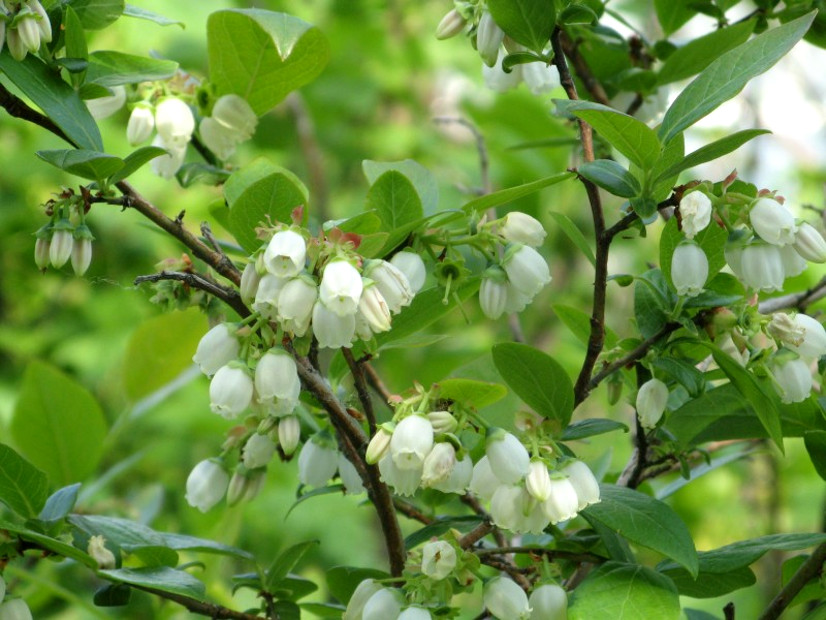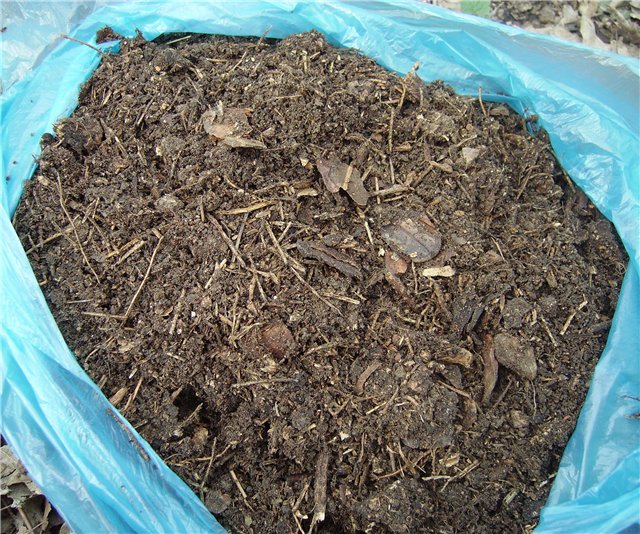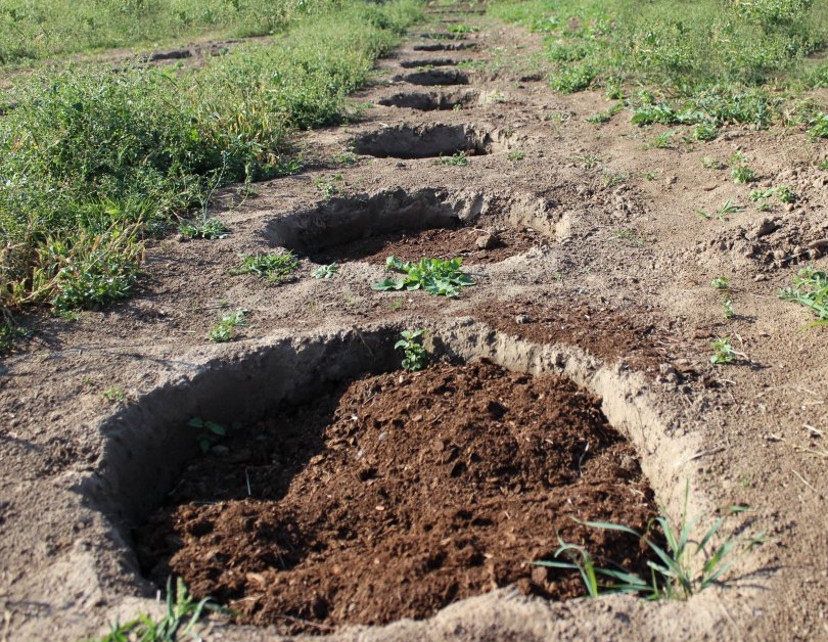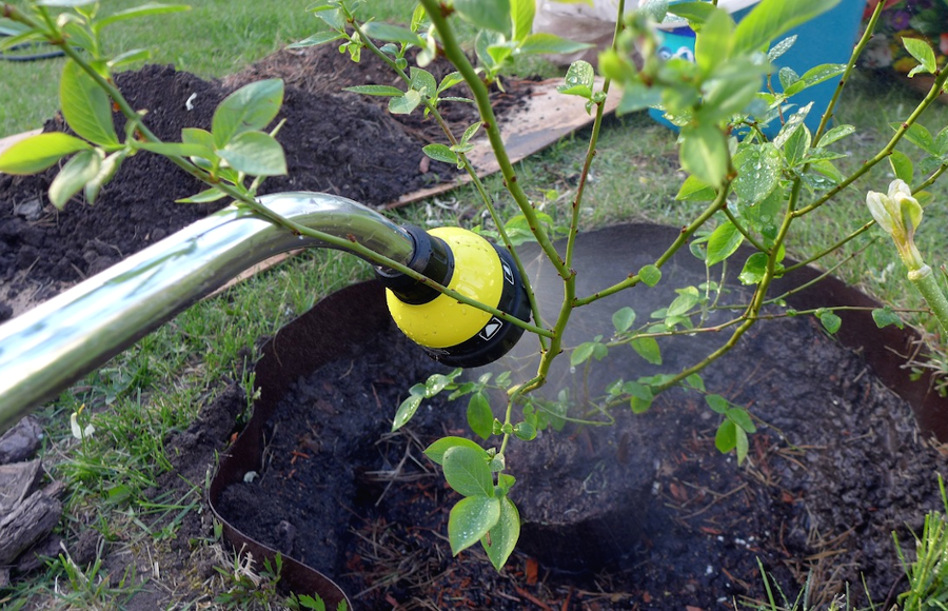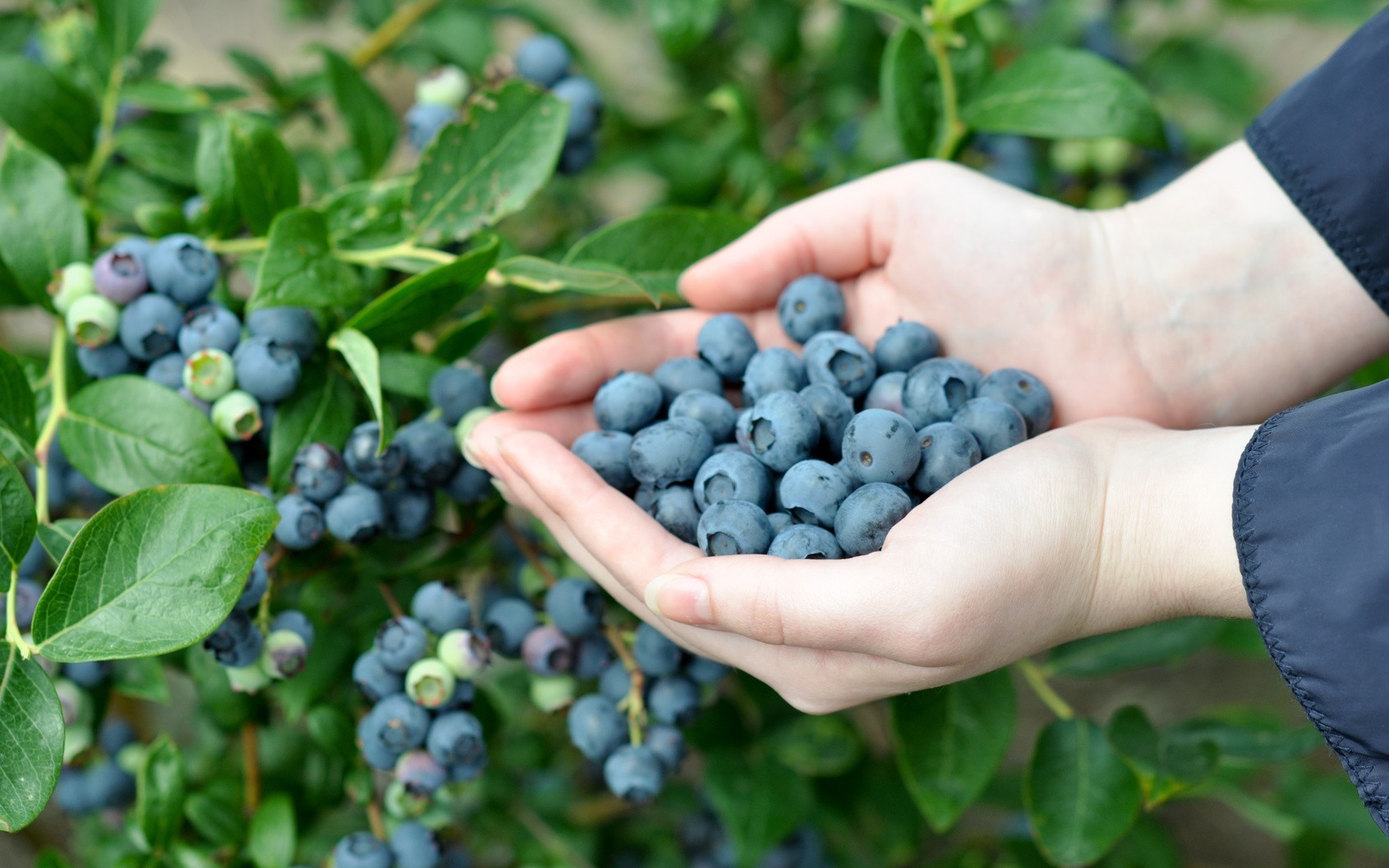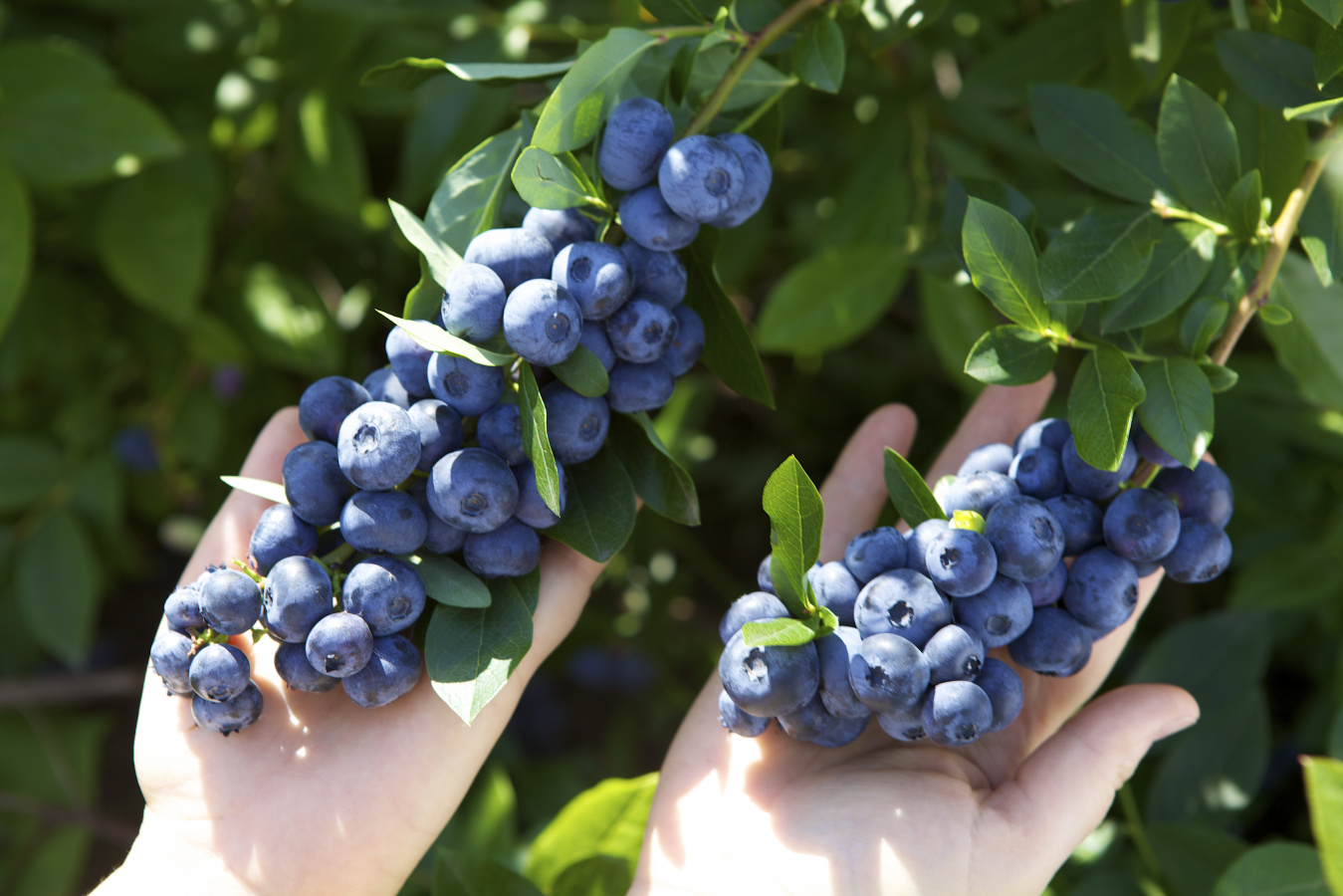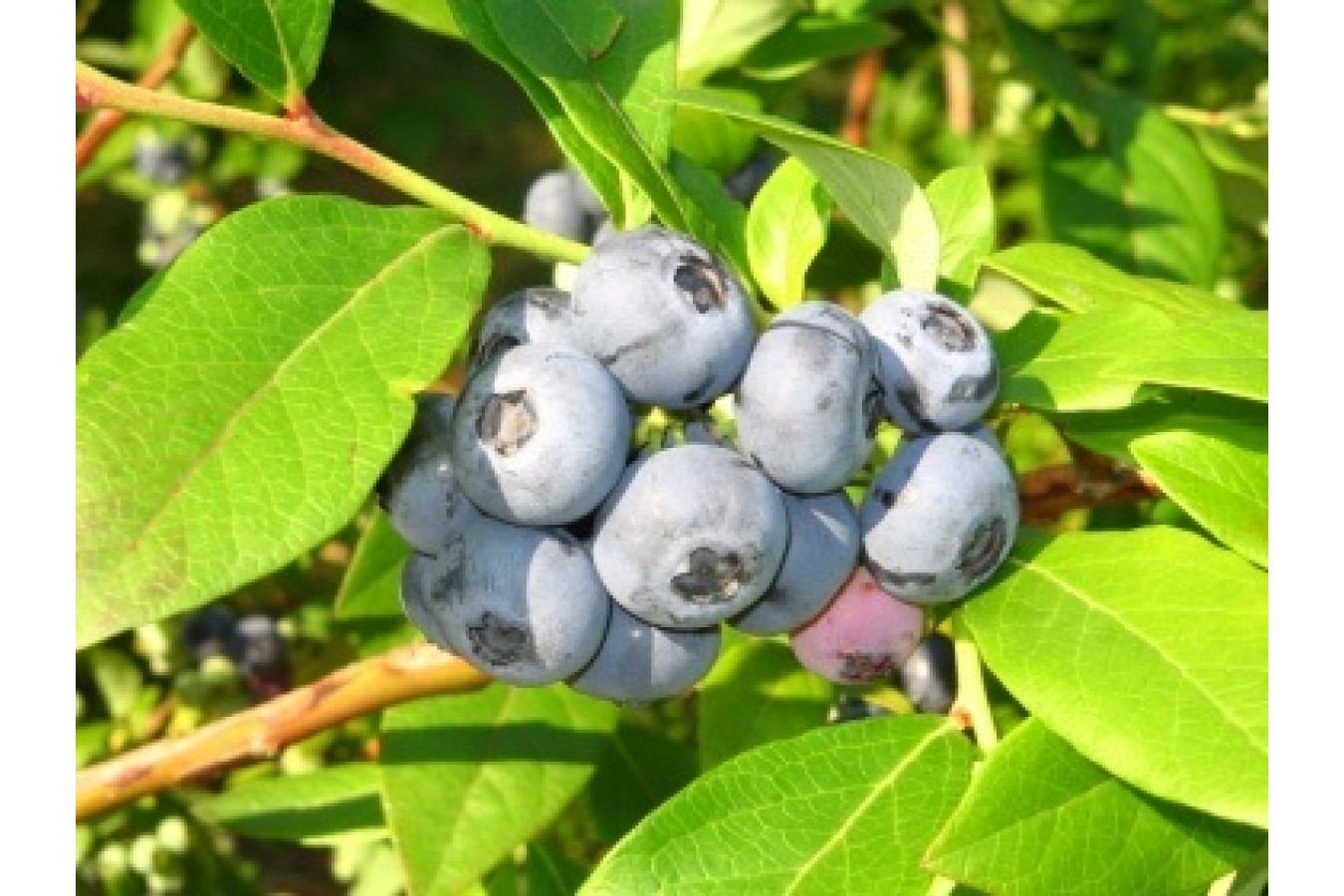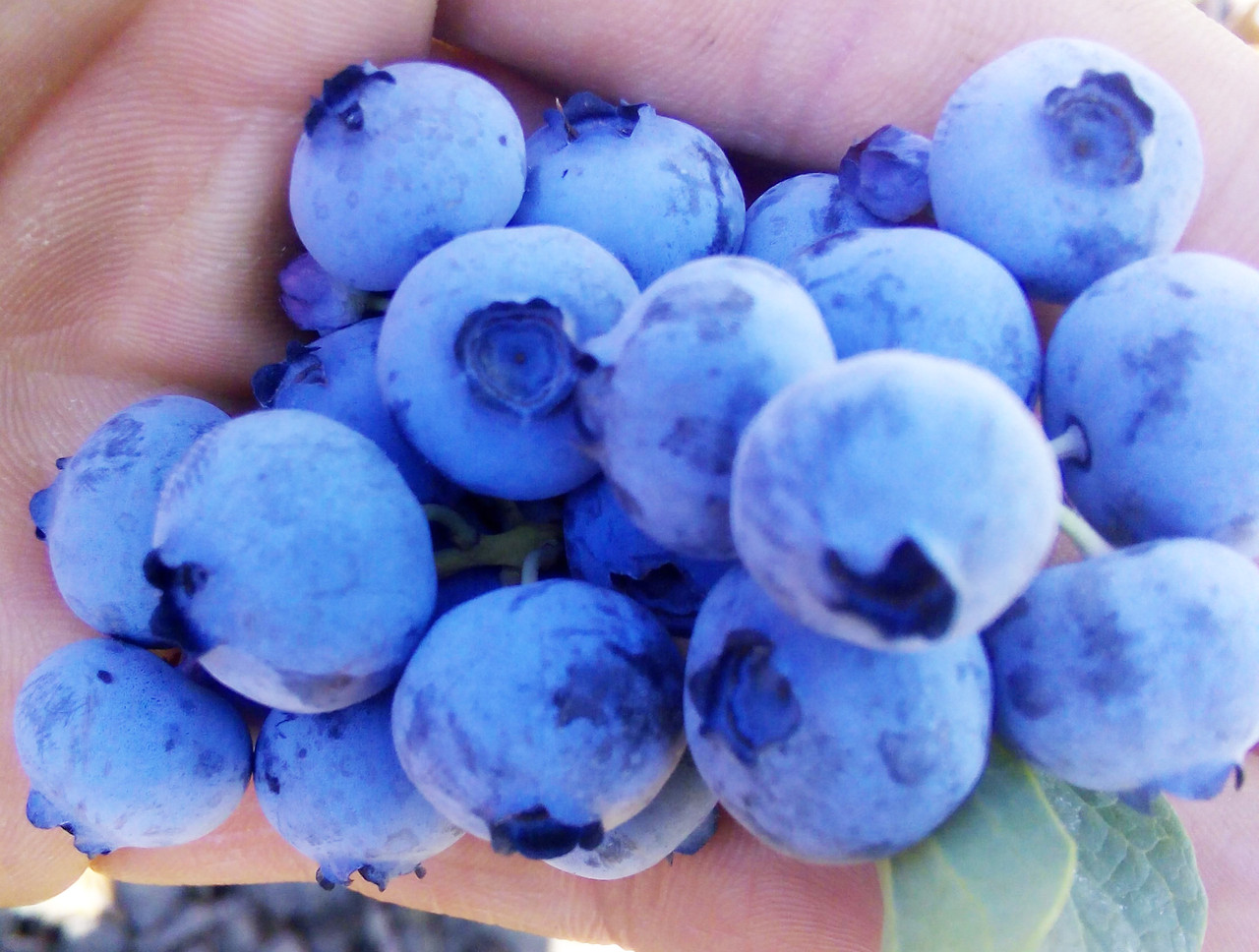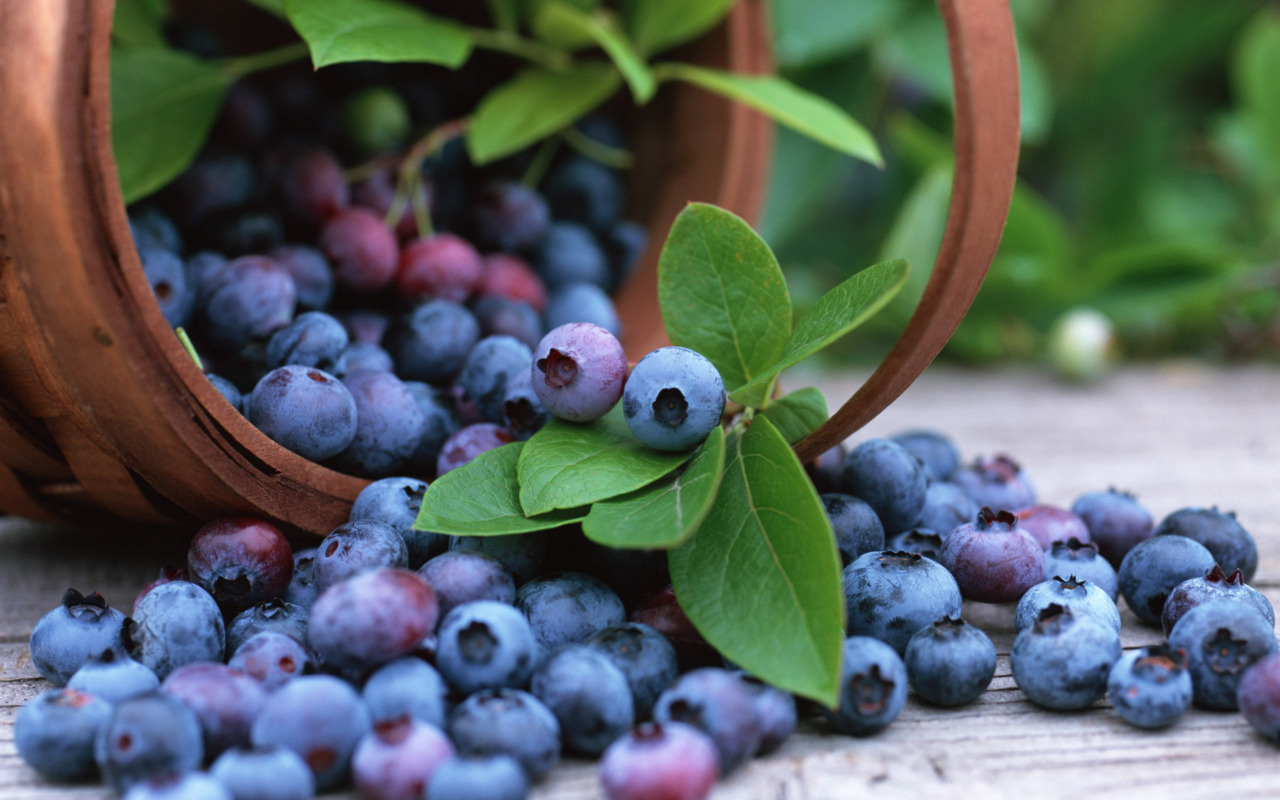Content:
Beautiful blueberry bushes diversify the berry assortment in the garden. There are several dozen varieties of this culture. They love her for their large, unusually tasty berries and decorativeness.
The history of the creation of the variety
Unlike the common forest blueberry, the tall species was developed in North America and has been used since 1977, including on an industrial scale. With the advent of new varieties for agribusiness, Blueberry blueberries have also moved into private gardening. The result of crossing wild and breeding varieties of tall American blueberries, such as Grower, Pioneer, Stanley, Brooks, was also created for mechanized processing, therefore, in garden conditions, the berries do not deform during picking, they are well separated from the bush.
Description and characteristics
In central Russia it reaches a height of up to 1.5 meters, although the maximum size is stated as 2 meters. Has a powerful upright bush. The berries are large - about 2 cm, with dense pulp, mild tart taste. Color - light blue. High yield, subject to the conditions of agricultural technology of the plant, depending on the region of growth, reaches up to 6 kg from one bush. Early variety - ripens in mid to late July. The brushes are loose, the berries are easy to pick. It ripens at the same time by 70%, the rest of the crop is harvested in the second step. Good storage and transport performance. Frost resistance - from -28C ° to -32C °, but branches not caught under the snow can freeze.
Landing
Growing bluejay on your own plot has some special features. The blueberry culture is demanding on soil, light and watering. The landing site must be prepared in advance, on a rested area, where some time ago or never had any predecessors. If space permits, the bushes are planted in a trench, but the option of growing in a separate large container is acceptable. Areas with maximum illumination are selected, because even a little shading entails a decrease in the size of the berries and the overall yield. At the same time, the bushes need to be protected from cold winds by a hedge or shrubbery.
Important! Blueberries belong to the heather family, and the usual black soil is contraindicated for them - it will not grow on it and wither away. The shrub needs acidic soil, because in the forest it grows near the pine trees, these are its native substrates.
The nature of the soil can be found out by measuring it with a special device. A mixture of high-moor peat and coniferous litter will help to achieve the desired level of acidity pH = 4.5-5.5. It will take a lot of mixture even for one bush. Horse peat is not ordinary black peat with neutral acidity, but red peat. It can be purchased in stores, but gardeners also stock it up in the forest or swamps, as well as coniferous litter - this is the lower rotted layer, a lot of year-old moss, as well as needles, branches, cones, without land, which can be taken in an old pine forest, not forgetting to protect the ecology of the forest.
Pine bark, useful for blueberries of the Blueja variety, can be taken from clearings or sawmills. It needs to be crushed thoroughly. Sawdust should not be filled up fresh, because in this form they take nitrogen from the soil necessary for the plant, before adding they must be peeled to a brown color.
Seedlings are purchased in large garden centers or purchased remotely from bona fide gardeners, always with a closed root system, in a special container. You can identify a poor-quality seedling by the color of the leaves. In autumn, the characteristic color of the leaves of a 3-year-old blueberry is red, and in an overfed seedling, although tall, the leaves are green even in October-November. This is an unsuitable planting material.
Interesting. Planting time, a seedling can wait quite a long time, existing on a cool balcony.
2-3-year-old bushes are transferred to open ground. An important and decisive factor for further rooting in the ground is the loosening of the earthy coma, in which the blueberries are sold. To do this, before planting, it must be soaked in water for several hours. Then gut the lump, carefully release the roots and spread them so that they look in different directions. Neglecting this rule will leave all efforts to grow this variety without result.
Planting pit preparation
When choosing a place for planting, it should be borne in mind that Blue Jay blueberries, with their high life expectancy, do not tolerate transplanting an adult bush.
At the prepared place:
- A planting pit is dug about 1 meter in diameter and 30-40 cm deep;
- Drainage is poured, because blueberries do not like moisture stagnation and prefers light, loose soil. Drainage is made from a mixture of peat and rotted sawdust or coarse pine bark. Layer - about 5 cm;
- High-moor peat and coniferous litter mixed in equal proportions are poured;
- The roots of the bush are straightened and deepened 5 cm below the size of the seedling. The landing site is sealed with hands and spilled with water;
- It is advisable to separate the earthen mixture in the pit from the rest of the land on the site with a garden curb or roofing material. This will protect it from erosion and maintain the required acidity;
- It is imperative to mulch the horse root system of blueberries, covering and protecting the roots from lack of moisture and weeds. To do this, put coniferous litter on top of the ground around the bush and cover it with straw. Layer - about 10 cm;
- Remove fruit buds and thin shoots so that all the forces of the plant go to rooting;
- Spill the planting over the leaves and soil again.
Landing is carried out in spring and autumn. Spring planting has the advantage - the plant has enough time to adapt to new conditions, the shoots have time to woody and not freeze in their first winter. With successful rooting, the plant will begin to bear fruit in the third year.
Cultivation rules of the variety
Blueberry blueberry Blueberry is demanding for watering. Even after picking berries, when the period of flower bud laying begins, you need to maintain soil moisture so as not to damage the next year's harvest. You need to water 2 times a week, one 10-liter bucket per bush. It is better to do this by drip or gently from a watering can, without using a garden hose, so as not to blur the cover of the bush. With a long absence of rain in the evenings, spray the bush with water over the crown so that it does not suffer from overheating.
A peculiarity of the cultivation of the variety is its poor tolerance to any neighborhood and even of a heather type like cranberry. Also, the soil must be completely free of any weeds.
Important! When growing blueberries, manure, chicken droppings should not be introduced into acidic soil, but only organic matter in the form of vermicompost.
Pruning of thickening branches is carried out in the spring before the leaves bloom in adult bushes over 5 years old. The young ones cut off the branches lying on the ground, and last year's shoots, making their way from the ground.
Planting blueberries of different ripening periods allows harvesting from July to September. In addition, blueberries are good for cross-pollination.
Diseases and pests
Breeders in the description of the Blueberry variety Blue declare it to be resistant to various kinds of diseases, if the garden as a whole is healthy, proper care of the shrubs is used.When farming with a high level of chemical fertilizers, the immunity of plants decreases, and they can be attacked by such diseases and pests as beetles, weevils, leafworms, aphids, oidium, mildew, anthracnose and others.
Under favorable conditions, Blueberry blueberries yield a large harvest of large berries, are loved by gardeners and are considered a plant that has no flaws.

